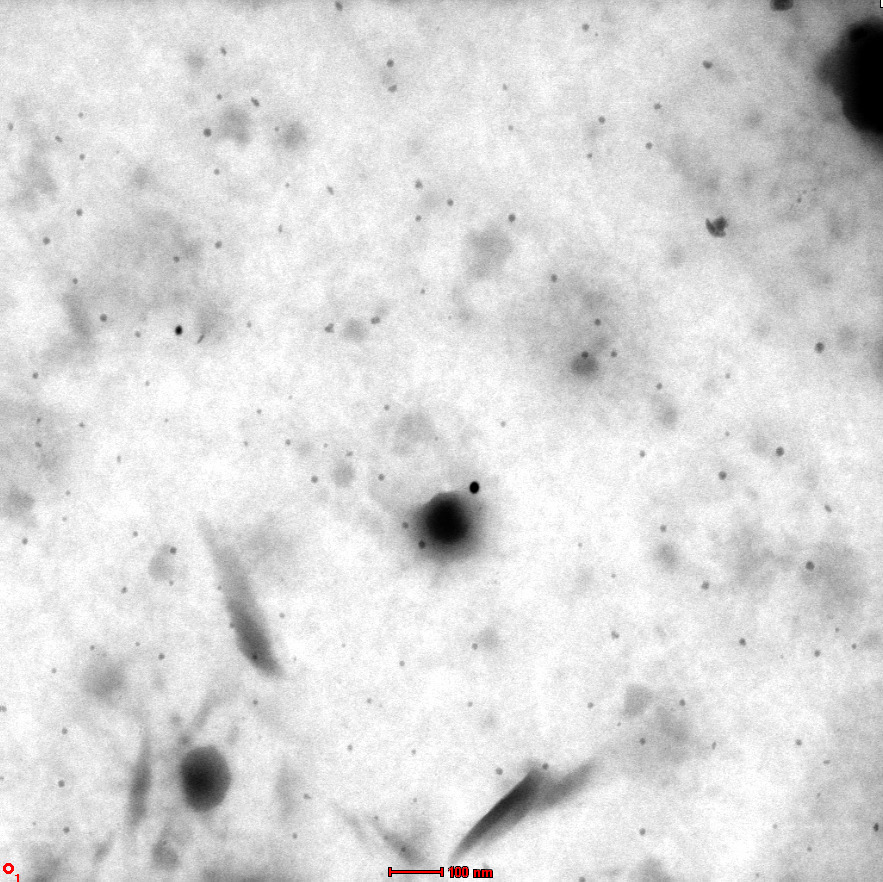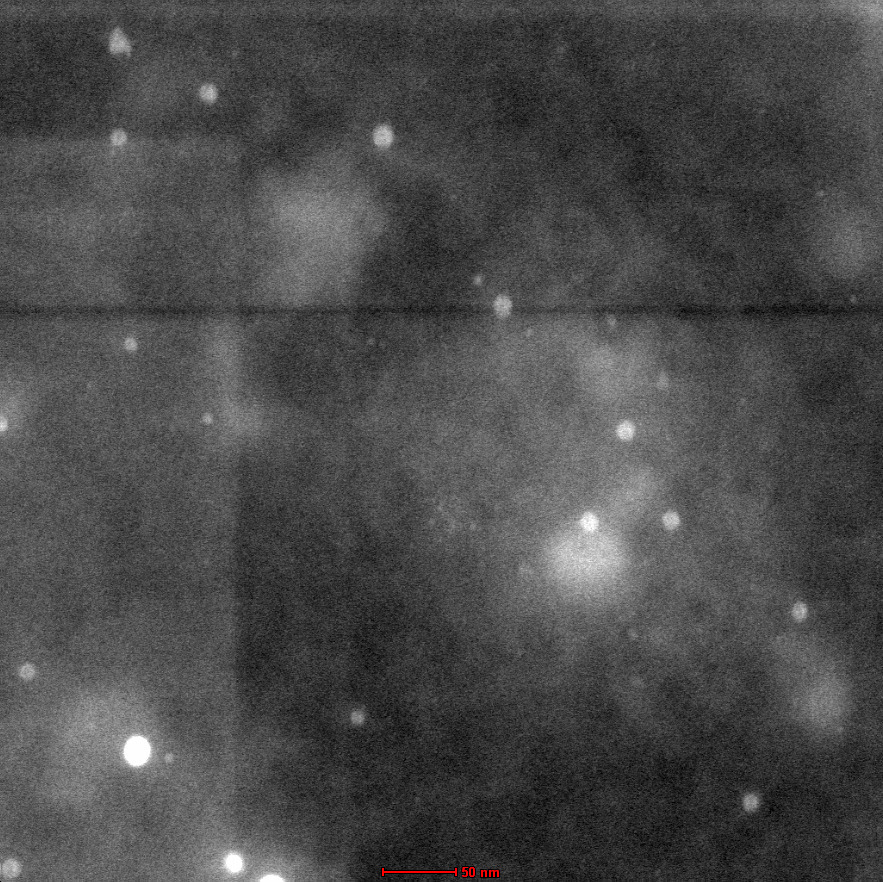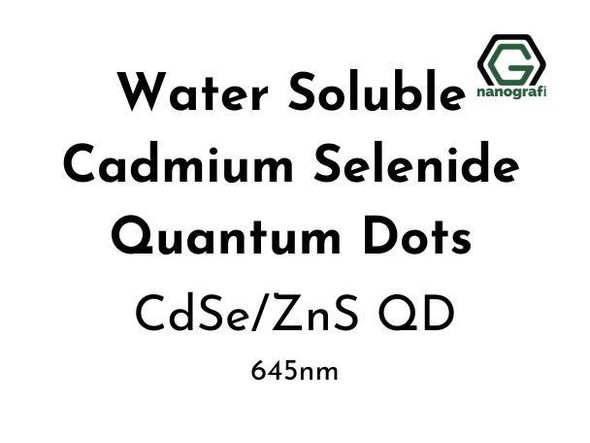Description
25 ml: 45€
50 ml: 77€
100 ml: 120€
500 ml: 475€
1000 ml: 620€
Contact us for tailored quotes on larger quantities & experience exceptional solutions from our experts.
Water Soluble Carbon Quantum Dots 590-620 nm
Carbon Quantum Dots (CQDs) that emit in the 590–620 nm range provide a vivid orange photoluminescence arising from quantum-confined sp² domains decorated with surface states rich in carboxyl, hydroxyl, and amino groups; these functional moieties not only tune the band-gap to ≈2.1 eV but also endow the dots with excellent water dispersibility, pH-dependent fluorescence, and facile chemical conjugation. Synthesized through green, low-temperature routes such as hydrothermal carbonization of citric acid or microwave pyrolysis of biomass, orange CQDs exhibit photostability, low cytotoxicity, and quantum yields that can surpass 30 % after hetero-atom (N, S) doping or surface passivation. Their intense down-converted emission under wide excitation makes them attractive for multiplexed bioimaging and fluorescent probes, while the warm color coordinates align well with the spectral needs of plant-growth lighting, OLED down-conversion layers, and orange micro-LED inks. Altogether, 590–620 nm CQDs combine eco-friendly composition, tunable optics, and versatile chemistry, positioning them as a scalable, cost-effective alternative to heavy-metal quantum dots for next-generation optoelectronic, biomedical, and analytical technologies.
Technical Properties of Graphene Quantum Dots
| Diameter | <15 nm |
| Morphology | Spherical |
| Emission Wavelength Range | 590-620 nm |
| Color | Orange |
Analyzes we provide as standard:
- Excitation and Emission wavelength with PL Spectrophotometer
Other Extra Analyzes we can provide (extra fee must be paid for these analyzes)
- Particle Size Distribution
- Quantum Yield
- Fluorescence Lifetime
Carbon Quantum Dots (CQD) TEM Images


Applications of Carbon Quantum Dots
Due to their small size, biocompatibility and low toxicity Carbon Quantum Dots have good usage in terms of medical applications like:
- Drug delivery systems.
Due to their electrical and photoluminescence properties they can also be used in:
- Bioimaging,
- Solar cells,
- LEDs,
- Sensors,
- Supercapacitors/microsupercapacitors.






